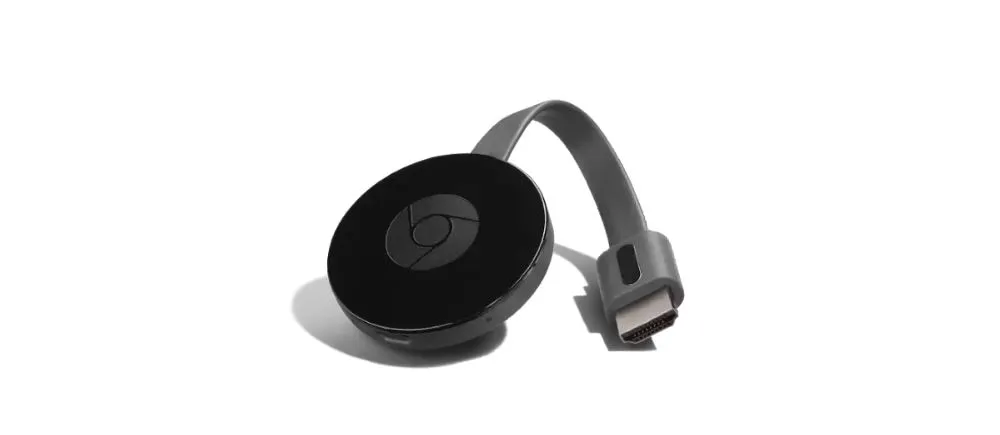Earlier this year Oculus announced support for Chromecast around the same time Google’s Daydream revealed it too would be adding the feature.
In case you are unfamiliar, Chromecast is a feature from Google included in many recent televisions that makes it easy to broadcast to the TV from phones, apps and computers. If your TV doesn’t have the feature it can be added with a $35 dongle you plug into an open HDMI port. With VR, this feature can turn solitary experiences into social ones by letting people outside VR see into the virtual world. And just like mobile VR itself, it is very convenient because the feature works wirelessly.
It’s taken a while for me to get around to testing casting for both Gear VR and Daydream View, but it turns out the Oculus implementation is lacking while the Daydream version of the feature is practically a must-have addition to the platform. This is to be expected given it is Google’s technology, but the difference also highlights a potential limit to how far Facebook can take VR while building on another company’s platform.
As an example of this gap, this week I wanted to play the role-playing game The Well with my kid. This is a beautiful Oculus-funded title that perfectly represents the depth of Facebook’s investments into quality content. It also seemed like a great game to enjoy this way. My daughter could tell me where to go in the virtual world and advise me how to fight the many creatures I’d encounter, and I could share the headset with her for a few brief glimpses into that world. Unfortunately, the moment I tried turning the feature on I discovered doing this deactivated the audio in the game not just on the TV but in VR as well. Without sound, I felt the game was essentially unplayable and it quickly ended my plans.
This was in stark contrast to Daydream’s support for casting. With Daydream, casting your view to the TV can be activated from inside VR. With Oculus, the feature needs to be activated before placing the phone inside the Gear VR headset. With Daydream, the entire television screen is filled with a view of the virtual world. With Oculus, the screen is shown as a small square in the center of the screen with large black bars on either side. In addition, Oculus shows a distracting red dot inside VR whenever casting is activated. My Wi-Fi at home is not robust and I noted occasional frame loss on the TV when using Daydream to cast my view, but this was only a minor note with an otherwise extremely convenient way to share a VR experience. We played Virtual Virtual Reality with my wife sitting on the couch wearing the new Daydream View. The Pixel 2’s robust speakers blasting out sound gave everyone in the room a small sense of the immersion she felt, and let us all enjoy in the experience together. Because her ears weren’t blocked by earbuds we were able to keep talking to her throughout. It was some of the most fun we’ve had in VR together and it was made possible by the convenience and quality of Chromecast streaming.
I reached out to Oculus for details on whether they plan to fix the audio problems and got an interesting reply from Oculus CTO John Carmack.
We can do better on Go with OS changes.
— John Carmack (@ID_AA_Carmack) October 25, 2017
Google of course is the company behind Android, Chromecast and Daydream View and that position could give it the control required to optimize the experience. On the flip side of that, though, this might be a sign of Oculus brushing up against the limits of what it can do building on top of another company’s technology. As suggested by Carmack’s reply, the forthcoming $200 standalone Oculus Go might represent Facebook’s chance to exert that same control and optimize the VR experience much further.
As it stands today, the Chromecast feature is such a great addition to Daydream I’d say it is a must-have add-on if you are looking at buying the new Daydream View headset for one of your phones.




























